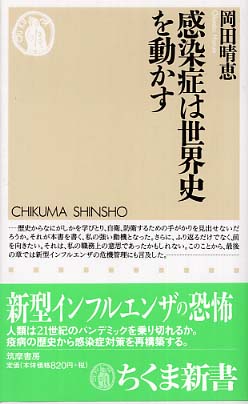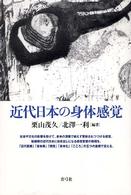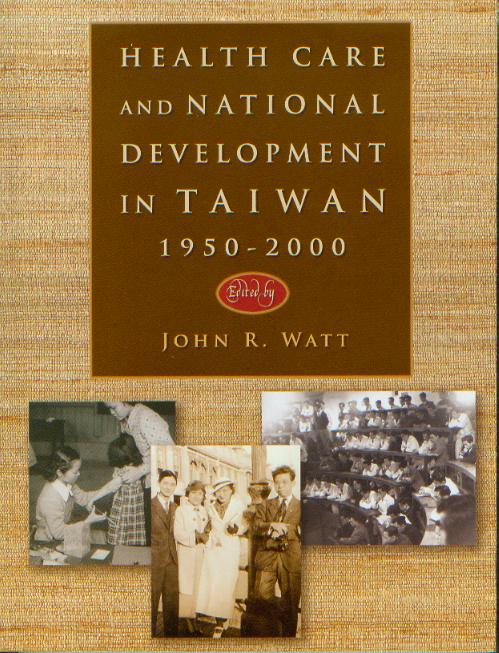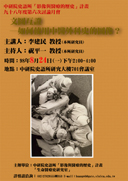|
|
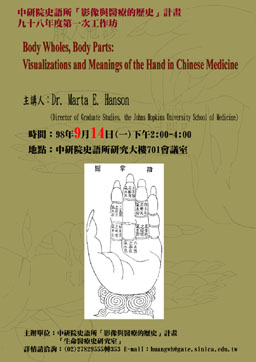 |

|
|
| 網 路 資 源 |
|
||||||||||||
|
|||||||||||||
| ▲top | |||||||||||||
| 活 動 訊 息 | |||||||||||||
|
|
|||||||||||||
|
|||||||||||||
|
|
|||||||||||||
|
|
|||||||||||||
|
|
|||||||||||||
|
First Circular Letter The Conference will focus on visual representations (maps, diagrams, charts, pictures, and so on) employed in non-Western and the pre-modern (from antiquity to the Scientific Revolution) Western scientific and technological traditions, including the disciplines identified as “orthodox” sciences (e.g., astronomy, mathematics, cartography, weaponry production) and “pseudo-sciences” (such as divination, traditional medicine, alchemy, geomancy). The main topic of the Conference is the encounter of, and interaction between, two or several traditions belonging to different theoretical and social contexts. The questions we would like to address include: What happens when the artifacts (maps, diagrams, tables, etc.) produced within one tradition are interpreted by representatives of another one? Are there new “hybrid” styles of visual representations emerging from the interaction between two or several markedly different traditions, or one of the traditions would eventually replace the other one(s)? How a tradition of visual representation of objects or of theoretical concepts defines and maintains its “identity” in the context of interaction with another tradition? The Conference will be held in the National Tsing Hua University (Hsinchu, Taiwan) on December 12-13 (Saturday-Sunday), 2009. Each presentation (up to 45 min) will be followed by questions and a discussion. Each of the two conference days will be concluded by a “round table” discussion. The conference languages will be Chinese (Mandarin) and English. The participants presenting in Chinese will be invited to produce handouts in English. The accommodation for the Conference participants (up to 6 nights in a 4-star hotel) will be provided by Tsing-Hua University free of charge. A small number of traveling grants will be available; the foreign participants interested in obtaining the grants are invited to fill the Travel Grant Application Form attached to the Letter. Those interested are invited to send their abstracts (no more than 400 words) to the Conference Secretary on or before September 10, 2009. The applicants will be notified by late September. The preliminary schedule: First Circular letter posted on websites and sent to prospective speakers: on or before August 10, 2009. Deadline for submission of abstracts: September 10, 2009. Selection of accepted papers and notification of participants: September 30, 2009. Local Conference Organizing Committee: Huang Yi-Long Hsu Kuang-Tai Alexei Volkov Mau Chuan-Hui (all from Tsing-Hua University, Hsinchu, Taiwan) International Advisory Board Francesca Bray (University of Edinburgh, UK) Georges Metailie (CNRS, France) Vera Dorofeeva-Lichtmann (CNRS, France) Michael Lackner (University of Erlangen-Nürnberg, Germany) Appendix 1: Abstract form Full Name (if you have Chinese name, please provide it as well) Academic position Institution, institutional address, email, fax Proposed title of contribution Abstract (no more than 400 words, in Chinese or English) Please send your abstract to Miss Bess CHERN, Conference Secretary at visualconference2009@gmail.com In the subject line write “Visual Conference Abstract” Appendix 2: Travel Grant Application Form Name Institution, position Rough estimate of the travel expenses (economy class) Projected date of arrival Projected date of departure Please fill your travel grant application form in English and send it to Miss Bess CHERN, Conference Secretary at visualconference2009@gmail.com In the subject line write “Visual Conference Travel Grant Application Form” |
|||||||||||||
|
|
|||||||||||||
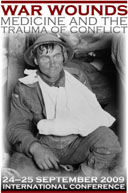 A wounded Australian soldier at an advanced dressing station at the start of the battle of Menin Road during the Third Battle of Ypres, Belgium, 20 September 1917. AWM E00715
The major wars of the last hundred years – from the First World War to more recent conflicts in Iraq and Afghanistan – have driven many medical advances: in treatments for wounds and pain management; the use of antibacterial agents and more effective prophylaxis against disease and infection; as well as the development of radical new approaches to evacuating, treating, and healing the injured. Nevertheless, war continues to inflict its toll of carnage and human misery not just on combatants but also on civilians, who are too often either the intended or accidental targets of modern conflicts. The relationship between medicine and the military can also produce challenges and conflict. For veterans and their families, the post-war legacy of combat experience can sometimes seem as severe and persistent as the effects of wounds and injuries. War-damaged veterans are reminders of the enduring impact of war on Australian society. The Memorial is convening a two-day conference, bringing together a range of experts to explore the impact of war, wounds, and trauma through the historical record and personal experiences. Participants will include renowned historians specialising in the medical and demographic consequences of warfare; medical practitioners and researchers in the field of military medicine; former and serving medical officers, surgeons, nurses; and veterans. Major themes which may be addressed by speakers include the following (still to be finalised and consolidated as the program is developed): · Casualties in war, treatment in the field and medical evacuation, surgical teams and field hospitals · Soldiers’ and doctors’ perspectives (personal accounts) of wounds and treatment · Mine casualties, fear of wounds and acute trauma on the battlefield · Shell shock, self-inflicted wounds and combat fatigue · Illnesses and diseases of war (malaria, dysentery, venereal disease, etc.), maintaining soldiers’ health, the evolution of service medicine · Facially disfigured soldiers, advances in surgery, rehabilitation of wounded veterans · The cost of war and veterans’ health studies, the aftermath and post mortems, including the debate over the effects of Agent Orange in Vietnam · Living with the effects, triumph over disabilities · The lighter side (doctors’ and veterans’ memories) Join us at the Australian War Memorial for an absorbing, stimulating and at times confronting exploration of the interaction of medicine and war. Registration: $280 ($200 concession and Friends of the Memorial) For enquiries, email: events@awm.gov.au For further information, program and registration details, keep watching the Australian War Memorial’s website (www.awm.gov.au): http://www.awm.gov.au/events/conference/2009/ This conference is being convened by the Australian War Memorial. The support of the Australian Government through the Department of Veterans’ Affairs is gratefully acknowledged
|
|||||||||||||
|
|
|||||||||||||
|
講題:從龜苓膏到沙士:二十世紀以前東亞的西藥與西醫 |
|||||||||||||
|
|
|||||||||||||
|
講題:臺灣近代公共衛生的發展--當殖民者遇到"傳染病" |
|||||||||||||
|
|
|||||||||||||
|
講題:我的精子戴眼鏡, 走會喘--男性生殖與性別體系 主講者:吳嘉苓 副教授 (台大社會學系暨研究所) 日期:98年11月26日(二)12:30 - 14:30 地點:高雄醫學大學性別研究中心cs501 主辦單位:高雄醫學大學性別研究所、兩性平等教育委員會 合辦 |
|||||||||||||
| ▲top | |||||||||||||
| 出 版 資 訊 | |||||||||||||
| ▲top | |||||||||||||
| 相 關 訊 息 | |||||||||||||
|
|||||||||||||
| ▲top | |||||||||||||
|
|
|||||||||||||
| 編輯者:「影像與醫療的歷史」計畫助理 黃文宏 | |||||||||||||
| 發行者:中央研究院歷史語言研究所「影像與醫療的歷史」計畫 | |||||||||||||
| 創刊日期:2005年05月16日 | |||||||||||||
| 出版日期:2009年08月17日 | |||||||||||||
| E-mail:huangwh@gate.sinica.edu.tw | |||||||||||||
| 「影像與醫療的歷史」研究計畫 | |||||||||||||
